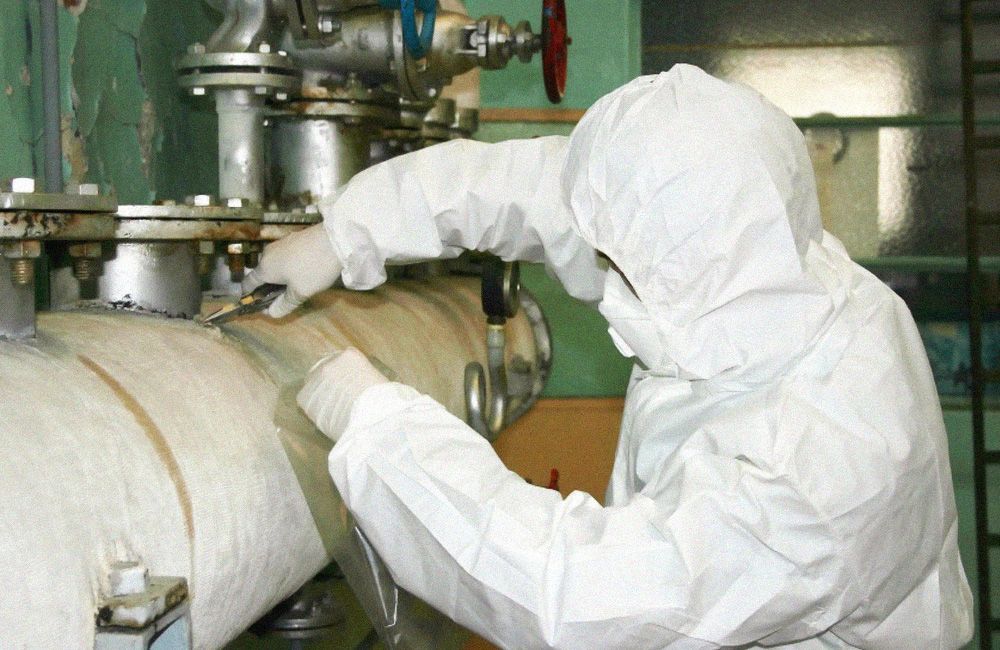
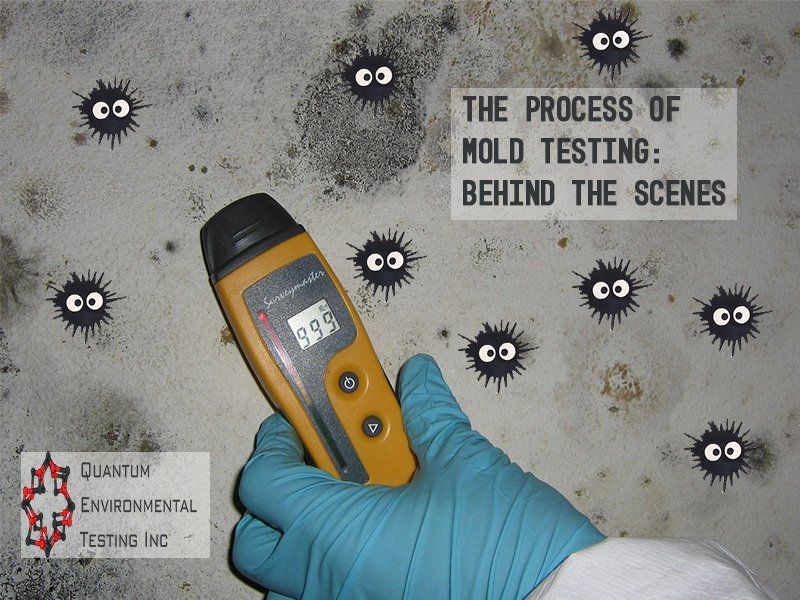

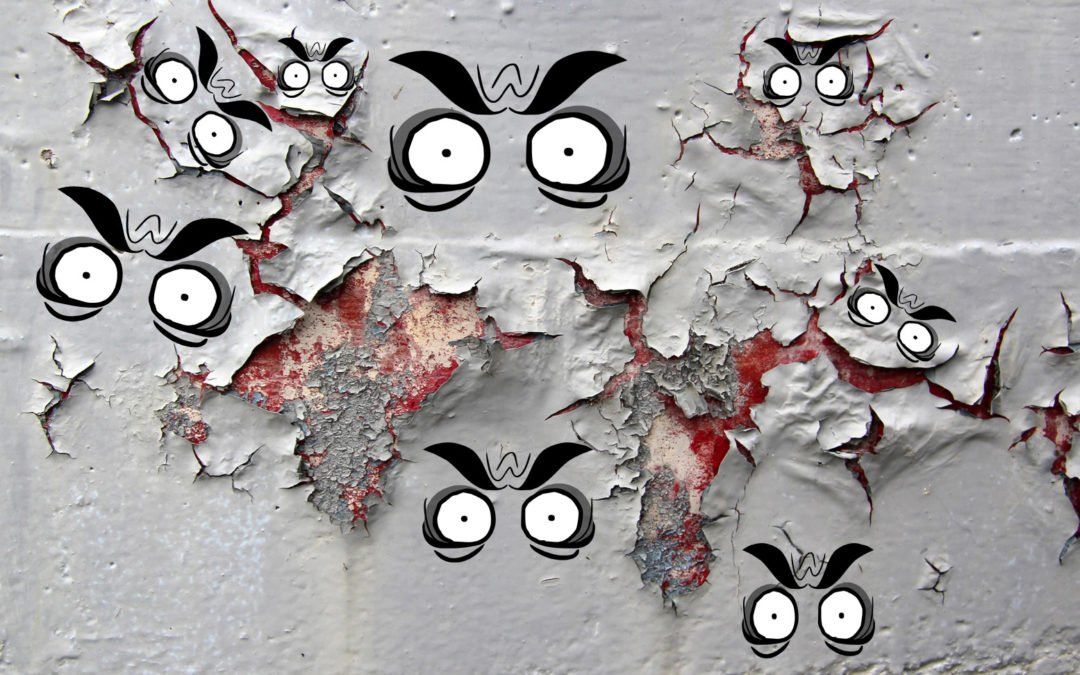



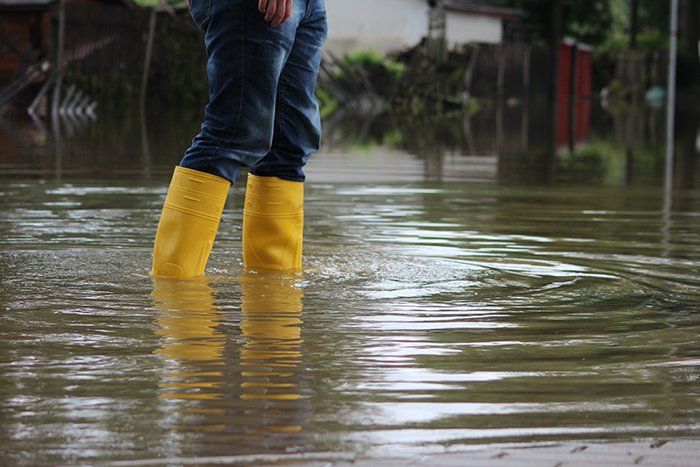
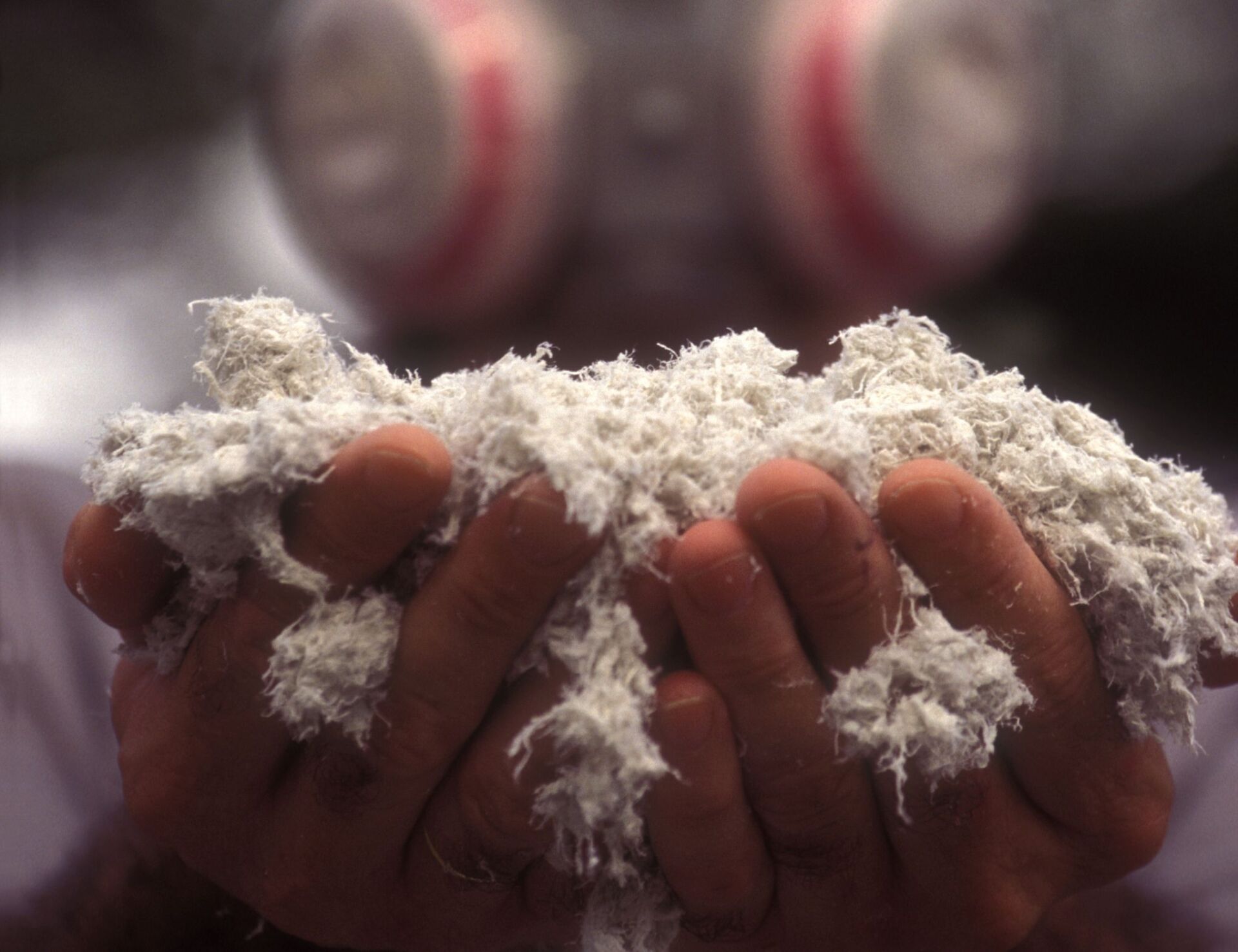
Buying a home is likely to be one of the most significant long-term investments that you will make - so
you should be sure that you know about any issues that are present. This is why scheduling a home
inspection is so important. One type of professional inspection that is commonly overlooked is asbestos
inspection. Testing for asbestos is an essential factor to consider whether you are planning on
buying/selling a home, or living in it for the foreseeable future, especially if the construction it was built
before 1990.
Is It Safe to Live in a House That Contains Asbestos?
The increasing awareness of asbestos and its carcinogenic effects means that more prospective buyers
are posing the question: Is it safe to live in a house that contains asbestos? To get your question
answered, you’ve first got to understand that there are two types of asbestos that will determine the
level of hazard:
- Friable asbestos - Friable asbestos is the term used for any asbestos-containing material that can be
crushed, crumbled, pulverized, or turned to powder due to abrasion or pressure. Such products, which
are loosely held together and could easily release measurable levels of asbestos into the airborne
environment, usually contain high levels of asbestos - up to 100%. In essence, friable asbestos is the
most hazardous form of asbestos as the materials are loose, and the fibers can easily become airborne.
Examples of common friable asbestos products found in the home include:
- Non-friable asbestos or bonded asbestos - encompasses materials more resistant to damage and
abrasion. Mixed with other materials, (e.g. cement in asbestos cement sheeting), bonded asbestos
products are solid, rigid, and will not release harmful fibers into the air as they are tightly bound. Given
the fact that non-friable asbestos is firmly bound, it does not pose the same threat to human health as
friable materials. However, non-friable asbestos may become friable in time due to degradation or
chemical exposure or through damage.
Discovering that a property contains asbestos isn't always a deal-breaker; asbestos only poses a health
threat when it’s disturbed or damaged in any way. Where friable asbestos presents a risk to building
occupants, non-friable asbestos products are less likely to become airborne unless the product is
damaged or has deteriorated.
Examples of non-friable asbestos-containing material include:
Whether or not it's safe to live with asbestos in your house depends on the type of asbestos-containing
materials and their condition. While there is no safe threshold for exposure, many asbestos-containing
non-friable materials will not pose an immediate threat. On the other hand, friable materials are
extremely dangerous and require immediate removal. Therefore, it all depends on the type of asbestos
materials that can be found in your home and their condition. Even if the asbestos-containing materials
are determined to be non-friable and non-hazardous, it is not worth the risk of putting your health and
family’s health in potential danger in the future.
*In southern California, SCAQMD considers everything Friable if it is damaged and they consider
something as small as a scratch to be damaged.
Common Locations of Asbestos in Domestic Buildings
Once a popular building material, asbestos can be found in insulation, flooring, and around boilers,
ducts, and pipes. Although asbestos-related diseases were known (and often hidden) since the early
1900s, public knowledge and pressure to reform the asbestos industry would wait until the late 1980s,
when the general public began to realize the dangers of asbestos and its role in causing asbestosis, lung
cancer, mesothelioma, among other lung problems and health complications.
Because of its fire resistance, high durability, and other favorable properties - and apart from its known
health effects - asbestos was an ideal material for insulating furnace pipes, ducts, and other plumbing
and HVAC components, so you're most likely to find it in the basement, attic, or another utility area. In
addition, it was an ingredient in some vermiculite-based attic and wall insulation. You might also find it
in the ceiling and floor tiles, in the casing for pipes, fireplaces, and boilers, in roofing tars, felts, and
siding shingles. Older popcorn ceilings (sprayed acoustic) are also likely to contain asbestos.
If the mineral is found in your newly purchased home, it may reduce the air quality within and around
your building and is likely to cause you or your family adverse health effects down the road. If you
suspect that asbestos is present in your home, it’s best to have a licensed professional inspect the
material before you begin any remodeling. Many states now require an asbestos inspection prior to
renovation in any structure, private or public.
Rely On the Professionals
If you are buying a home that was built before 2000, there is a chance it could contain asbestos, and this
is something that you will want to know about. Considering the fact that asbestos has been used in
thousands of building products, there’s a pretty good chance that homes constructed between the mid-
1940s until the late 1980s will have some asbestos present, and, in fact, some asbestos materials
(roofing mastic and flooring, for example) are still being installed today.
It’s a wise idea to have your home professionally inspected and tested in order to make sure that no
hidden dangers are lurking in your home. You can rest assured that highly qualified asbestos
professionals know how to identify asbestos hazards and can restore your home to safety, often quickly
and affordably.
About the author:
Asbestos123 is a non-profit organization whose primary mission is to inform homeowners about the dangers of asbestos-containing materials. For more useful information on the dangers of asbestos, and how to identify and safely remove asbestos from your home, please visit our website.








Disclaimer:
"By providing my phone number to “QE Testing”, I agree and acknowledge that “QE Testing” may send text messages to my wireless phone number for any purpose. Message and data rates may apply. Message frequency will vary, and you will be able to Opt-out by replying “STOP”. For more information on how your data will be handled please see our Privacy Policy below.
Privacy Policy:
No mobile information will be shared with third parties/affiliates for marketing/promotional purposes. All the above categories exclude text messaging originator opt-in data and consent; this information will not be shared with any third parties.
